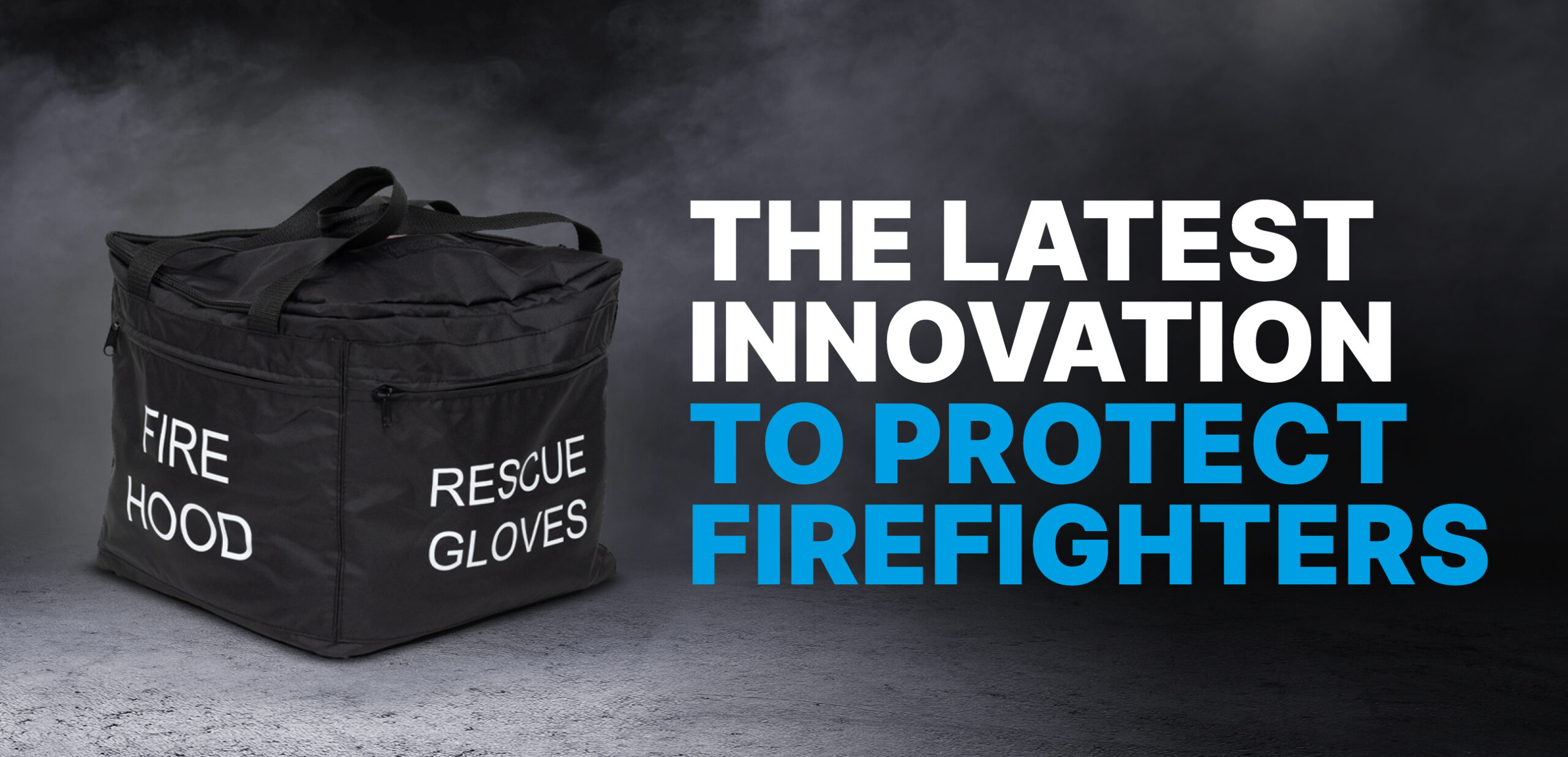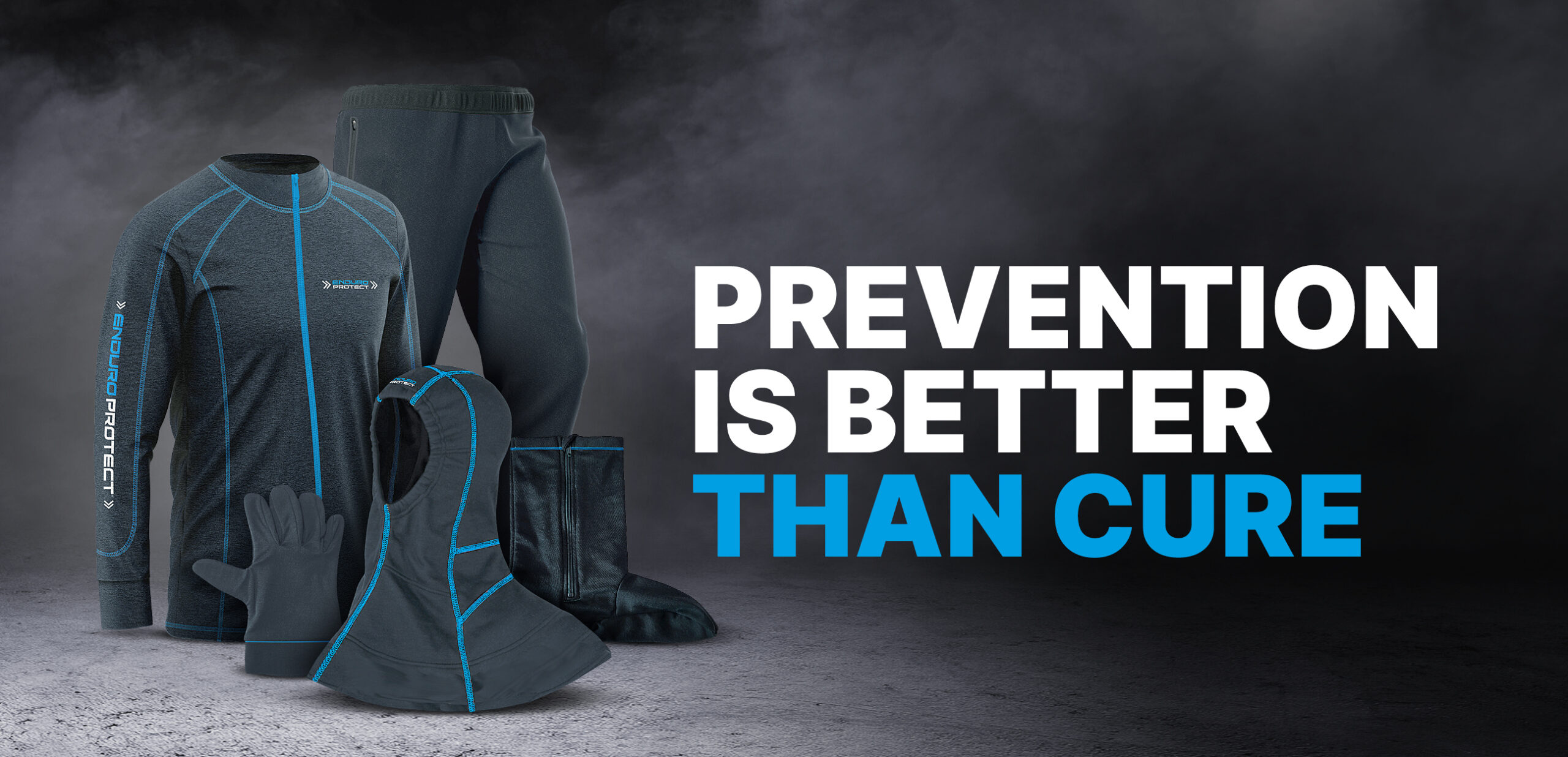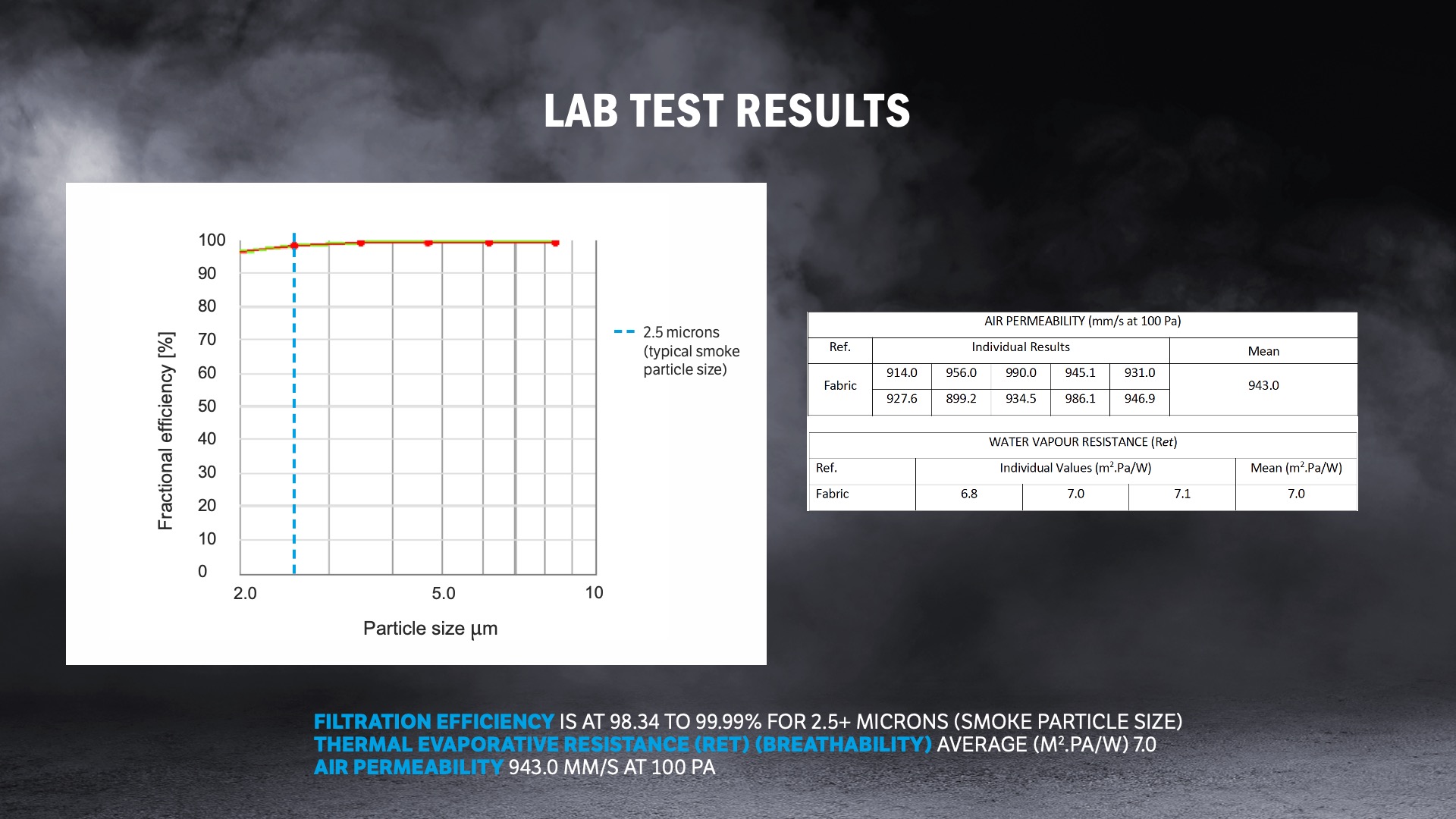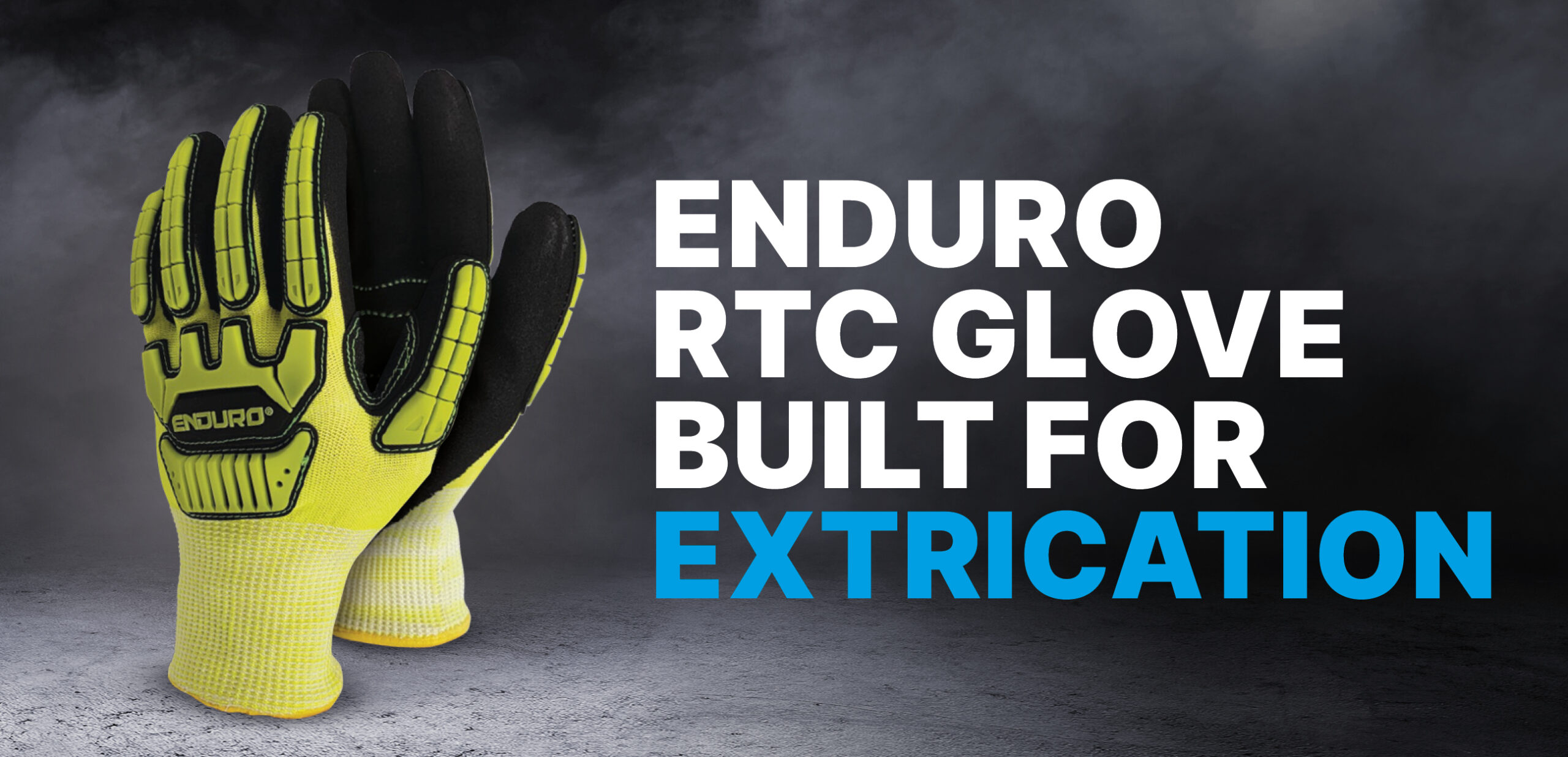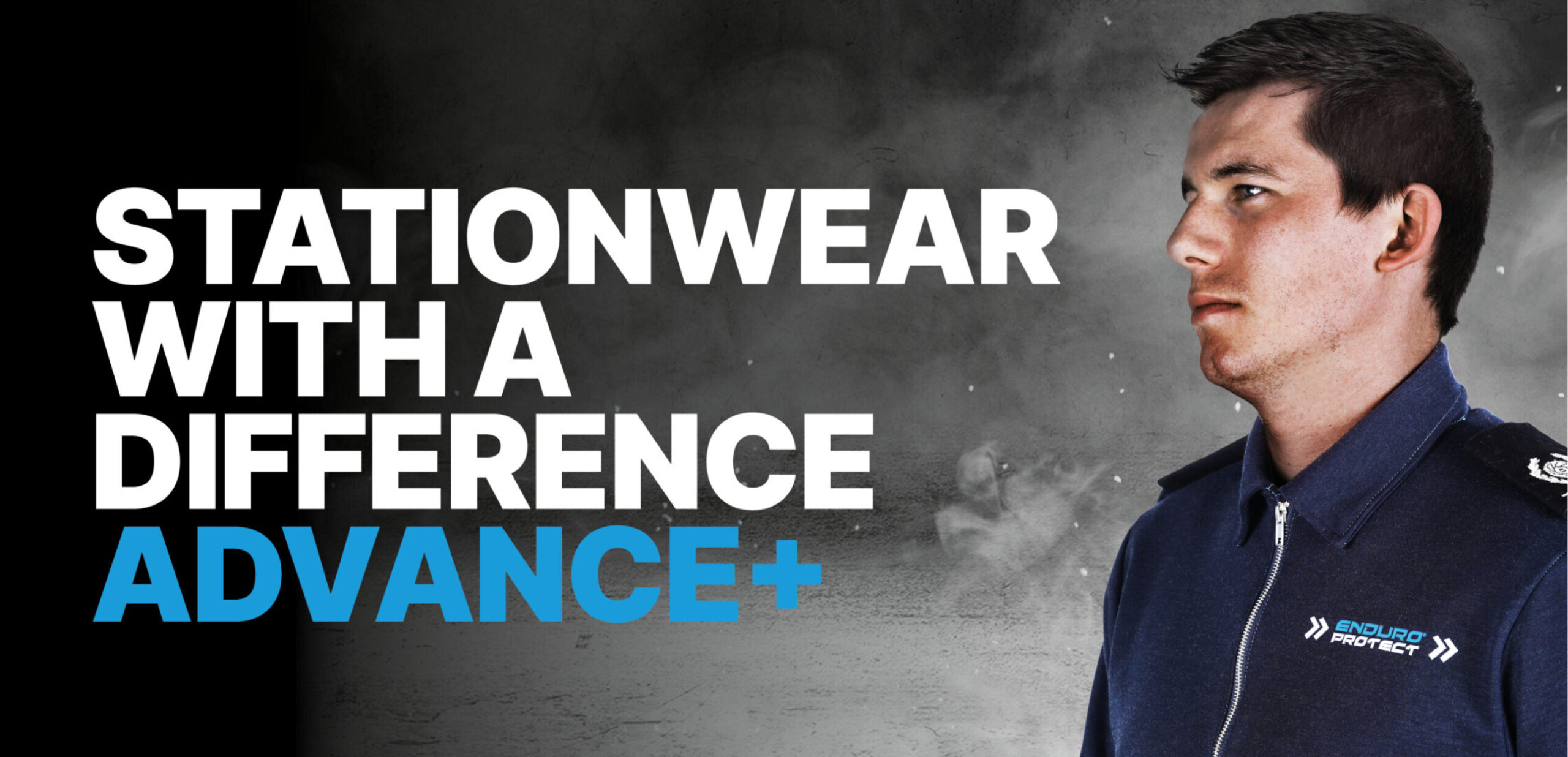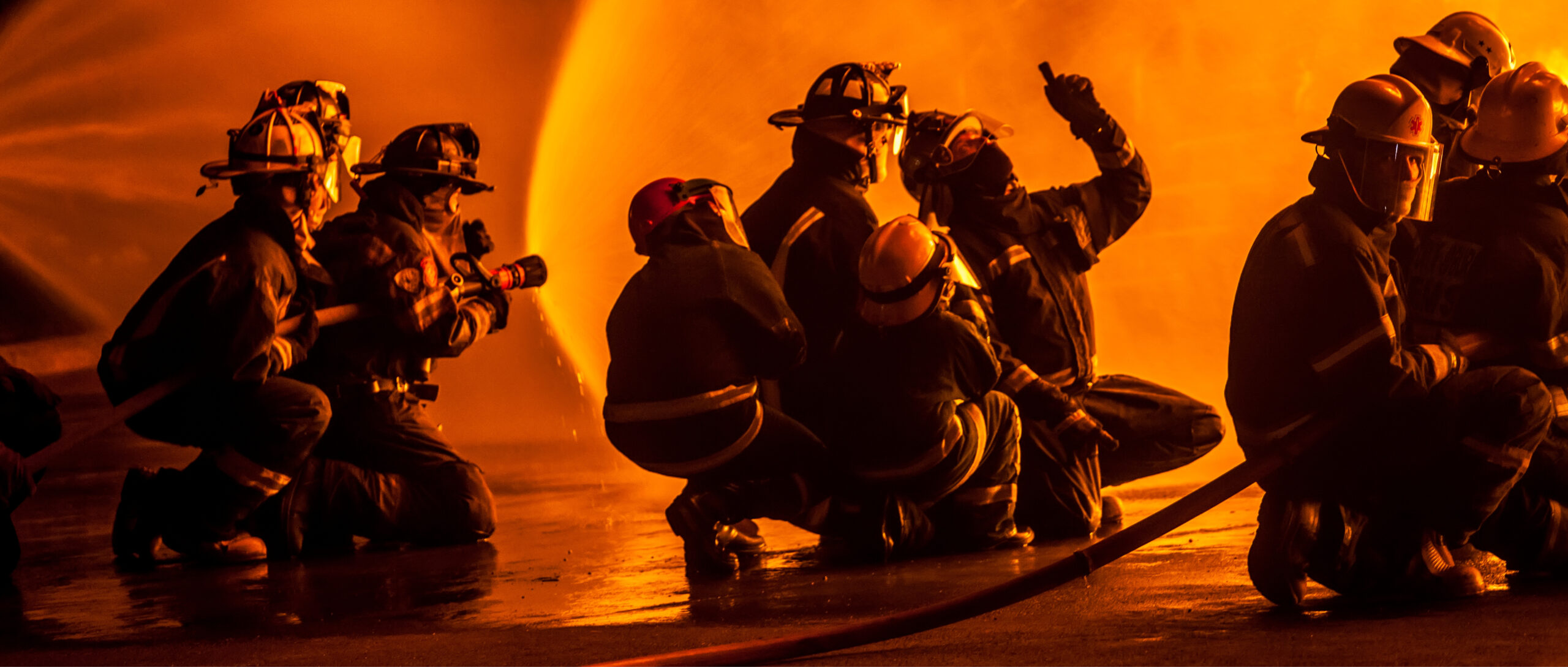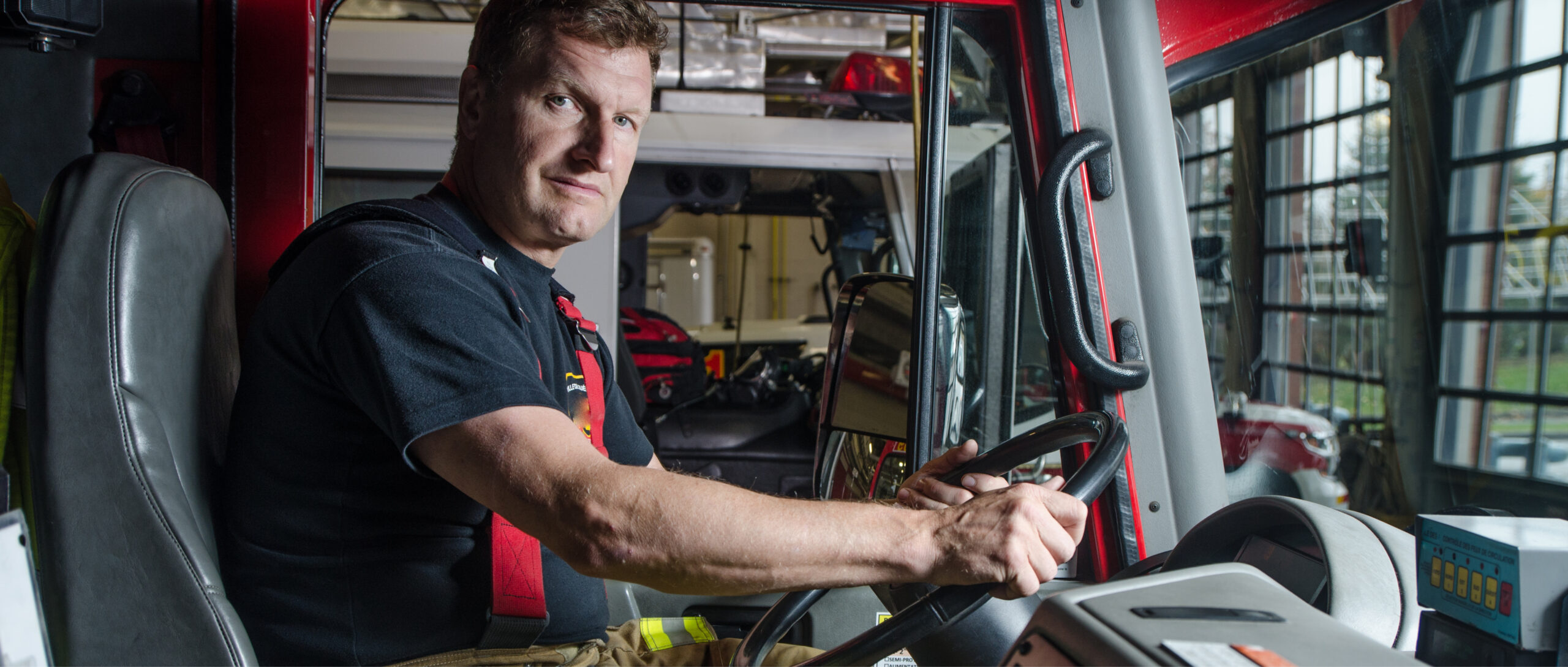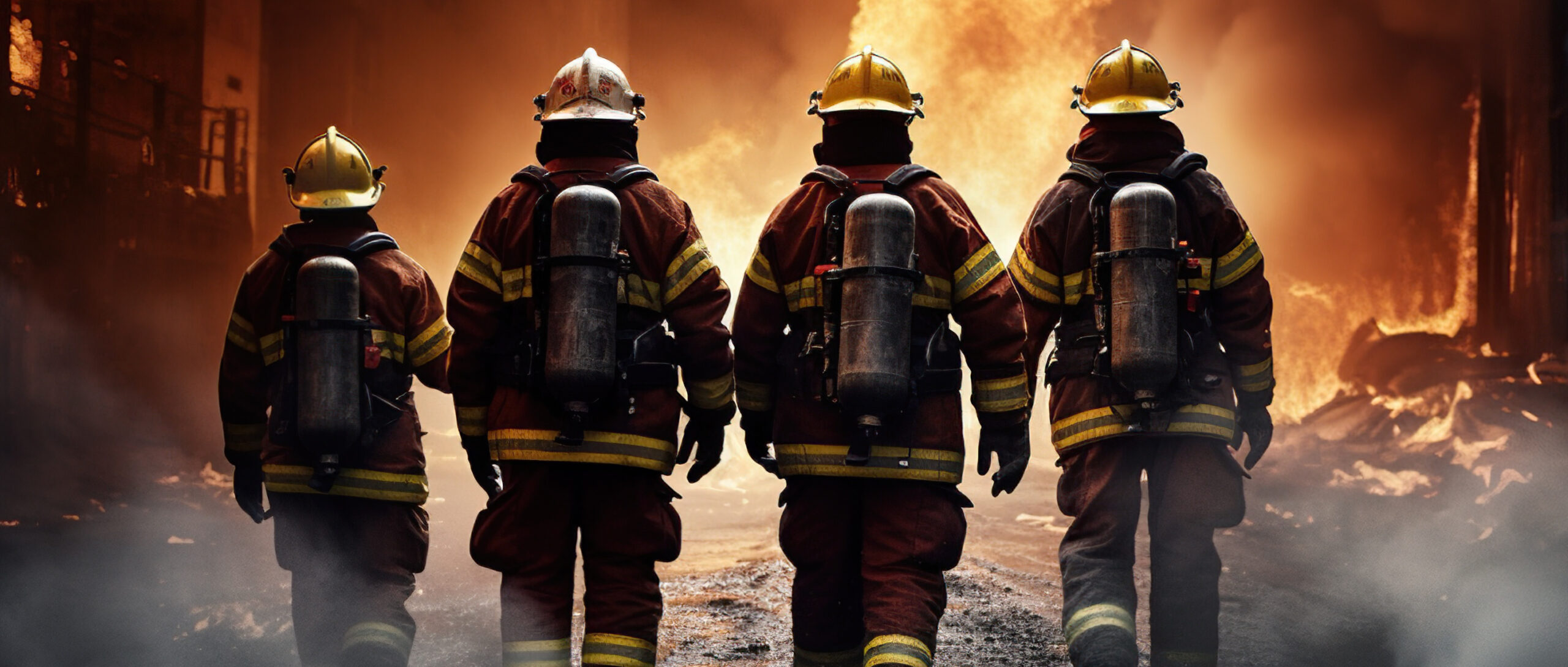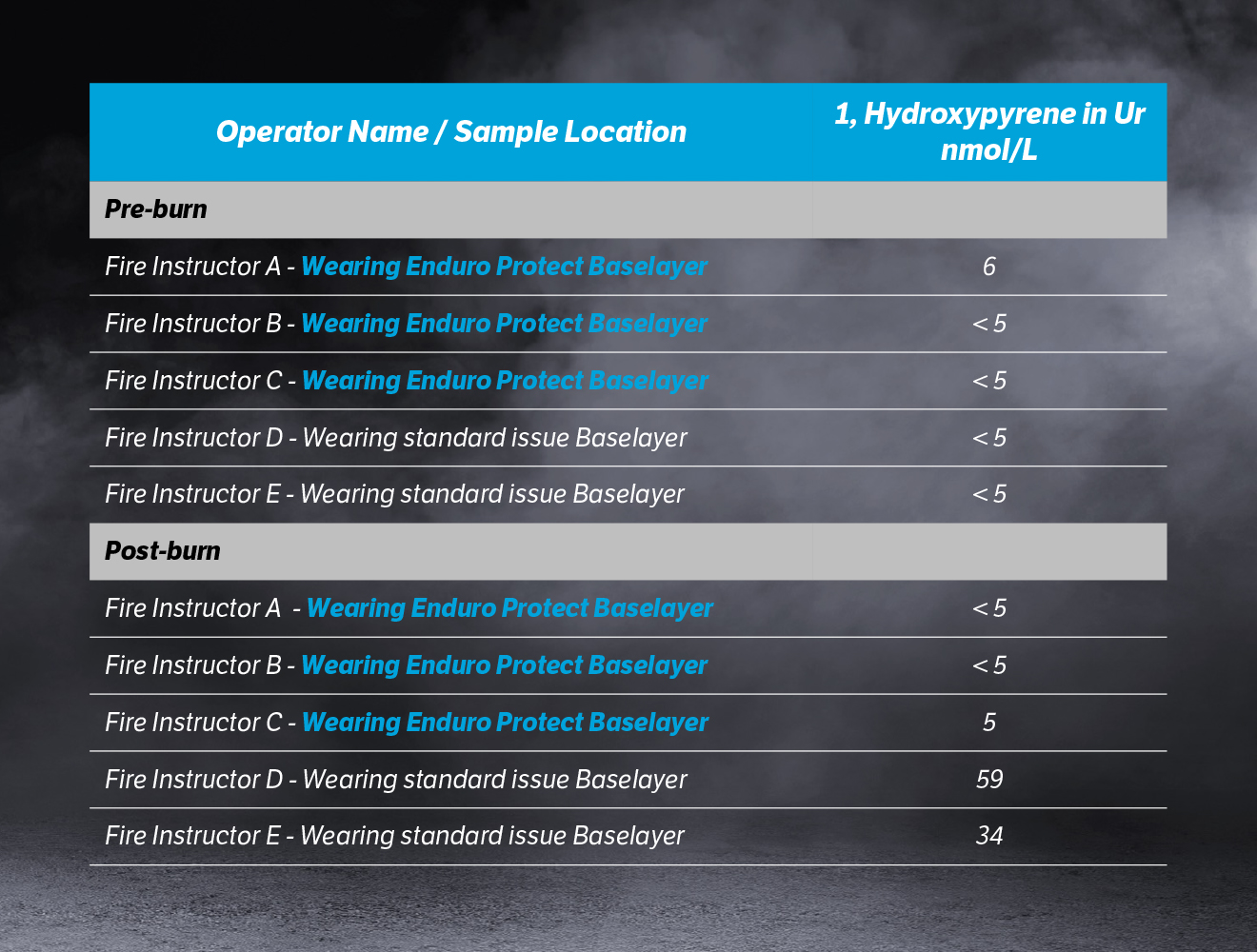Standard helmet bags are replete with external clips to attach various pieces of equipment to. Other than the risk of equipment not being where you expect it to be through the danger of becoming unclipped, this poses an even greater risk. The risk of cross contamination. If your used PPE is clipped to the outside of a bag, your equipment will brush up against anything it comes into contact with. The equipment can rub up against each other, and cross contaminate previously clean or unused PPE. There’s also a greater cross-contamination risk – the surface of the boot of your car. The next family trip you take to the beach, those cancer-causing particulates will find themselves on anything placed in the boot of your car. This could include your children’s toys, clothing, or even groceries.
At Enduro Protect, we understand that the way you and your team store your PPE makes a difference. A difference to your health and wellbeing, but also you family’s. The goal of any PPE storage solutions should be to prevent contaminated items touching anything else.
Enduro protect prides itself on working with key members of the fire service and create solutions to the real problems they face. We take contamination from carcinogens seriously. After listening to our clients and collaborating with members of the fire service, we’ve designed the Enduro Protect Helmet Bag to be a little bit different.
Enduro Protect are the leading suppliers of protective & specialist workwear for those in the firefighting industry.
At Enduro Protect, we are committed to provide the very best innovative solutions and protective wear. To discuss your requirements and budget with our team, you can contact us by phone 01235 814112 or email [email protected].
Launderable
You do not have to trust that the bag is wiped out on a regular basis, with Enduro Protect’s helmet bag you can just launder the bag in a washing machine. This ensures the removal of contaminants.
Separate Compartments
The Helmet Bag was designed to keep things separate. Keeping equipment separate reduces the risk of cross contamination, so our helmet bag is designed with multiple compartments. These compartments are clearly labelled, providing a space for everything you need with you. The labelled compartments encourage firefighters to keep everything separate, no more storing gloves in helmets and spreading contaminants!
Each section is specially lined with a protective water-resistant material, so that contaminants do not bleed through to other equipment. Whether the contamination risk is smoke particles and carcinogens, or hazardous chemicals your equipment is contained.
This means that your staff can carry their PPE effectively minimising cross contamination.
Padded Base Protection
When your mind is on a potentially life-threatening situation, it can be easy to put down your equipment in a way that could damage it. The Enduro Protect Helmet Bag has an integrated padded base to protect equipment from accidental drops, or rough handling.
Compact Size
The Helmet Bag is a small, compact size. A cube measuring only 35cm, it is designed to have a dedicated place for helmet, half-mask, fire gloves, rescue gloves, fire hood, and personal belongings.
The compact size offers several significant advantages, improving its practicality and functionality for emergency responders. First and foremost, the compact size means that it is easy to transport, allowing firefighters to carry their essential gear without the added bulk. This is particularly useful where space and time is of critical importance – a smaller, more manageable bag fits seamlessly into cramped storage spaces within fire trucks, ensuring equipment is always within easy reach without cluttering. It’s cube shape means that multiple bags are easily stored together, whether in the station or in a vehicle, maximising space.
The compact design also aids in organisation, as firefighters a quickly locate their helmets and gloves (with assistance from the compartment labelling) reducing time spent looking for vital equipment during an emergency. We’ve taken a streamlined approach to the design of this bag as it can make a crucial difference in high-pressure situations where every second counts.
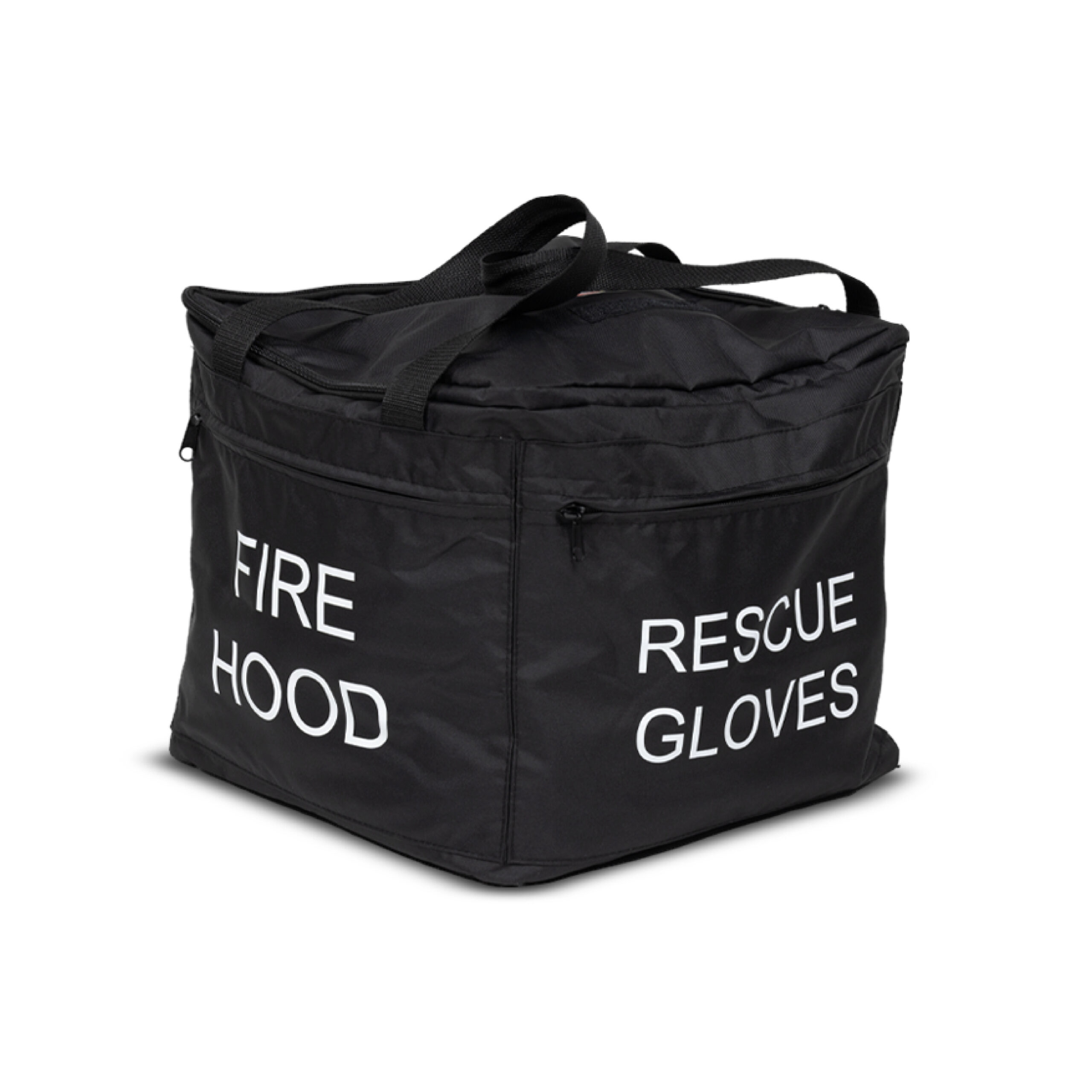
Key Features of Our Helmet Bags
- Compact Size – the helmet bag measures just 35 cm square cube, making it ideal to transport and carry where needed.
- Internal Half Mask Pocket – a separate compartment to store a half mask is located inside the lid.
- Labelled Side Pockets – clearly labelled side pockets provide space for fire gloves, personal belongings, rescue gloves, & fire hood.
- Launderable – washing machine.
- Water resistant outer and lining.
- Padded base – to prevent damage to equipment.
- Zipped pockets – ease of access.
- Standard labelling to say what goes where.
- Velcro patch – to provide a place to put badges.
Customisations Available
This product can be branded to include logos, crests or other institutional emblems.
How Enduro Stand Out
1. Continuous Innovation: We are dedicated in providing the best possible solutions in protective wear. We develop our own fabrics and technology which exceed industry and expert expectations.
2. Budget Friendly: We understand that our clients are subject to funding and budget restrictions. We’ve built our products to last.
We would be happy to discuss your requirements. For further information, contact our team today. Phone 01235 814112 or email [email protected]. You can view our other available options by clicking here.
If you wish to explore payment options, you can find out more here
